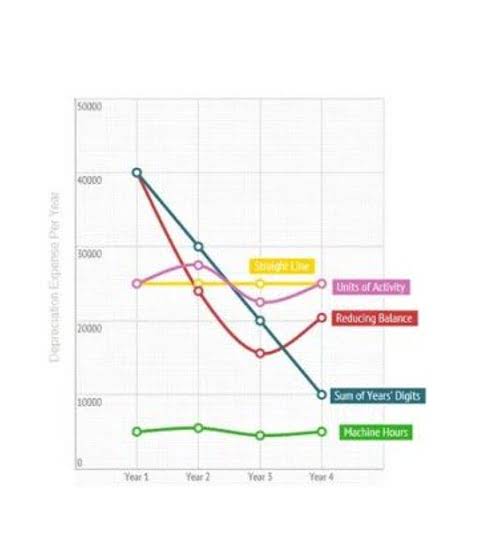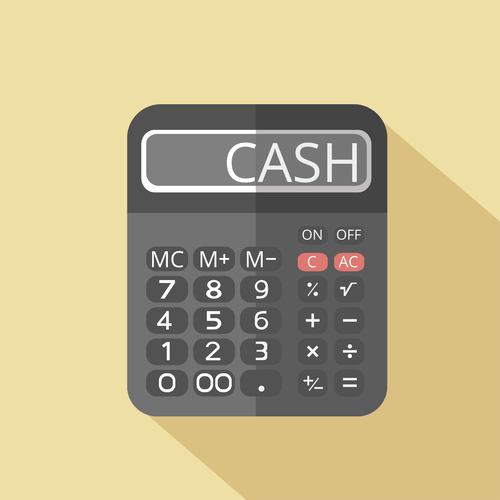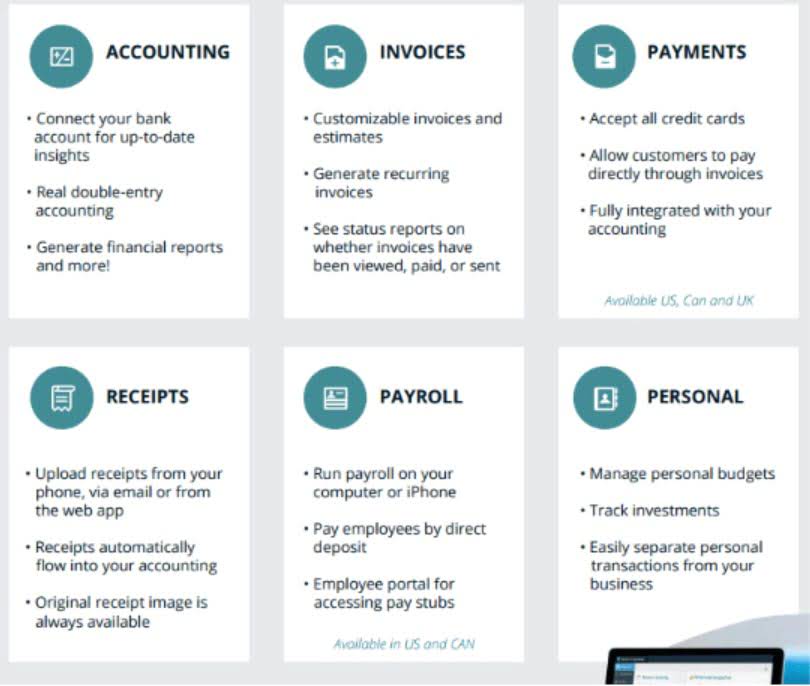
Say that a refrigerator’s useful life is seven years, and seven-year-old industrial refrigerators go for $1,000 on average. The fridge’s depreciable value is $10,500 ($11,500 purchase price minus the $1,000 salvage value). Once you’ve determined the asset’s salvage value, you’re ready to calculate depreciation.
- A property’s recovery period is the number of years it takes to recover its cost or other basis through depreciation.
- However, with the double-declining balance method, the rate is doubled to $4,000 per year.
- It’s important to note that this method assumes a linear depreciation pattern and may not accurately capture potential asset value variations.
- It refers to the estimated value that an asset will have at the end of its useful life.
- However, in the end, the total depreciation taken is the same between the three methods.
Real-World Example of Salvage Value Fraud

To determine the total depreciation accrued, multiply the yearly depreciation cost by the number of years you’ve utilized the asset. This method provides a systematic way to allocate the cost of an asset over its useful life, allowing for accurate financial reporting and evaluation of an asset’s value over time. Within this method, the asset’s value is assumed to decrease evenly over its useful life. Another example of how salvage value is used when considering depreciation is when a company goes up for sale. The buyer will want to pay the lowest possible price for the company and will claim higher depreciation of the seller’s assets than the seller would. This is often heavily negotiated because, in industries like manufacturing, the provenance of their assets comprise a major part of their company’s top-line worth.

Can the Repair Shop Install Used Aftermarket Parts to Repair My Motorcycle?
You can stop depreciating an asset once you have fully recovered its cost or when you retire it from service, whichever happens first. You’ve “broken even” once your Section 179 tax deduction, depreciation deductions, and salvage value equal the financial investment in the asset. An example of this is the difference between the initial purchase price of a brand new business vehicle versus the amount it sells for scrap metal after being totaled or driven 100,000 miles.
- Depreciation allows you to recover the cost of an asset by deducting a portion of the cost every year until it is recovered.
- First estimate the asset’s salvage value which is the residual value of an asset at the end of its useful life.
- As is clear from the definition, the value of equipment or machinery after its useful life is termed the salvage value.
- The cost of the furniture, plus sales tax and delivery charges, equals $8,000.
- Salvage value is the estimated book value of an asset after depreciation is complete, based on what a company expects to receive in exchange for the asset at the end of its useful life.
Do market research to determine salvage value
A net present value that’s less than $0 means a project isn’t financially feasible and should be avoided. Analysts, investors, and economists can use either of the methods, after assessing their pros and cons. While Excel is a great tool for making rapid calculations with precision, errors can occur. Since a simple mistake can lead to incorrect results, it’s important to take care when inputting data. Calculatores offers you many other tools like percentage error calculator to calculate percent error of any measurement and sig-fig calculator to calculate significant figures in just one click.
- Say you own a chocolate business that bought an industrial refrigerator to store all of your sweet treats.
- Divide the result, which is the depreciation basis, by the number of years of useful life.
- Depending on how the asset’s salvage value is changing, you may want to switch depreciation accounting methods and report it to the IRS.
- At the end of the accounting period — either a month, quarter, or year — record a depreciation journal entry.
- This method assumes that the asset’s value decreases at a constant rate over time.
- Unless there is a contract in place for the sale of the asset at a future date, it’s usually an estimated amount.
- The units of production method is appropriate for assets that are mainly used based on its output or production levels, such as machinery.
It is an accounting method used by businesses to spread the initial cost of an asset over its years of useful life. Whether you need to understand rental property depreciation, short-lived depreciable assets, or depreciation of property https://www.bookstime.com/articles/wine-accounting in other areas, I have a free Depreciation Calculator that can handle your needs. Because depreciation is an expense useful for lowering your taxable income, it’s best to plan how depreciation will look over the useful life of an asset.


So, total depreciation of $45,000 spread across 15 years of useful life gives annual depreciation of $3,000 per year. Salvage value is defined as the book value of the asset once the depreciation has been completely expensed. It is the value a company expects in return for selling or sharing the asset at after tax salvage value calculator the end of its life. It just needs to prospectively change the estimated amount to book to depreciate each month. To calculate the after-tax salvage value, subtract the book value from the selling price to find the gain, multiply the gain by the tax rate, and then subtract the tax from the selling price.
How Is the Value of the Totaled Motorcycle Determined?
From a high-level view, MACRS depreciation really isn’t terribly complicated. Any calculation of net present value is incomplete if we ignore the income tax implications of the project. This is because governments in most of the countries collect tax from companies, which is based on the profits they generate. When salvage value changes, it may cause a change in the amount of depreciation expense you can deduct. If there is a decrease in the salvage value, depreciation expense will increase and vice versa. Depending on how the asset’s salvage value is changing, you may want to switch depreciation accounting methods and report it to the IRS.